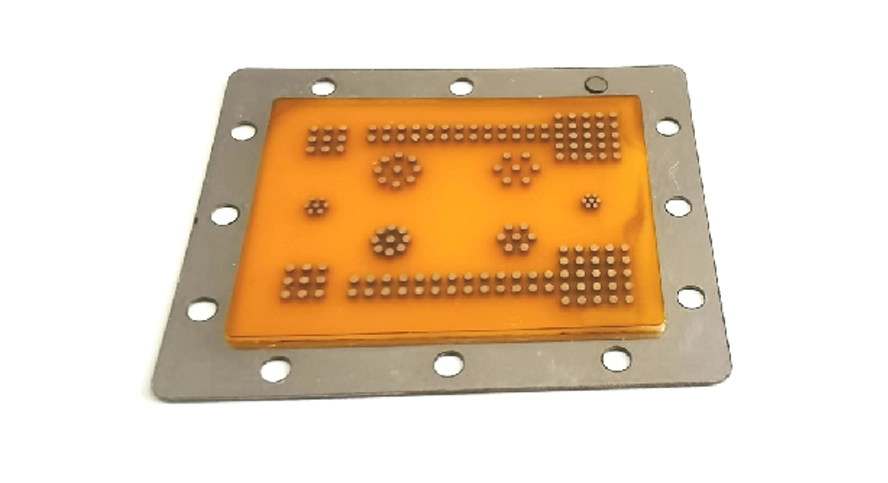In today's era of highly integrated electronic devices, RF technology plays a crucial role. The RF components test rubber socket, serving as a bridge between the RF IC and PCB, is undeniably important. This article will delve into the multiple roles of RF IC test rubber sockets in RF technology and their continuous advancements and innovations. For those working with interposer boards, understanding these applications is essential.
RF IC test rubber sockets are indispensable tools in the field of RF technology, directly involved in the validation and evaluation of RF integrated circuit performance. By providing a stable and reliable interface, RF IC test sockets ensure the accuracy and consistency of test data, offering strong support to RF engineers. During testing, the RF IC test socket not only guarantees the transmission of signal integrity but also minimizes signal loss, making the measurement of critical performance parameters such as frequency response more precise. For applications requiring board to board connector types, these sockets are crucial.

With the continuous advancement and development of RF technology, the RF test socket series has also been continuously innovating and improving. Traditional RF chip testing mainly relied on POGO PIN test socket connections. As the frequency and signal transmission rate of RF components have increased, the demand for shorter POGO PINs has led to higher manufacturing precision. Pressure Conductive Rubber (PCR/Rubber Socket) can be as thin as 0.1mm, has a resistance of 10~50mΩ, and can reach up to 100GHz. Pressure Conductive Rubber is composed of silicone and metal powder, conducting vertically but not horizontally. The structure and performance of Pressure Conductive Rubber offer more advantages over traditional pogo pin in testing RF components, excelling in insertion loss, return loss, and other indicators. For those working with pcb interposer, these advancements are particularly relevant.
In summary, RF test rubber sockets play a crucial role in RF technology, not only for RF chip testing but also for testing RF components like LTCC filters. With the development of AI technology, RF test rubber sockets will continue to play a greater role and bring more value to the field of RF technology.